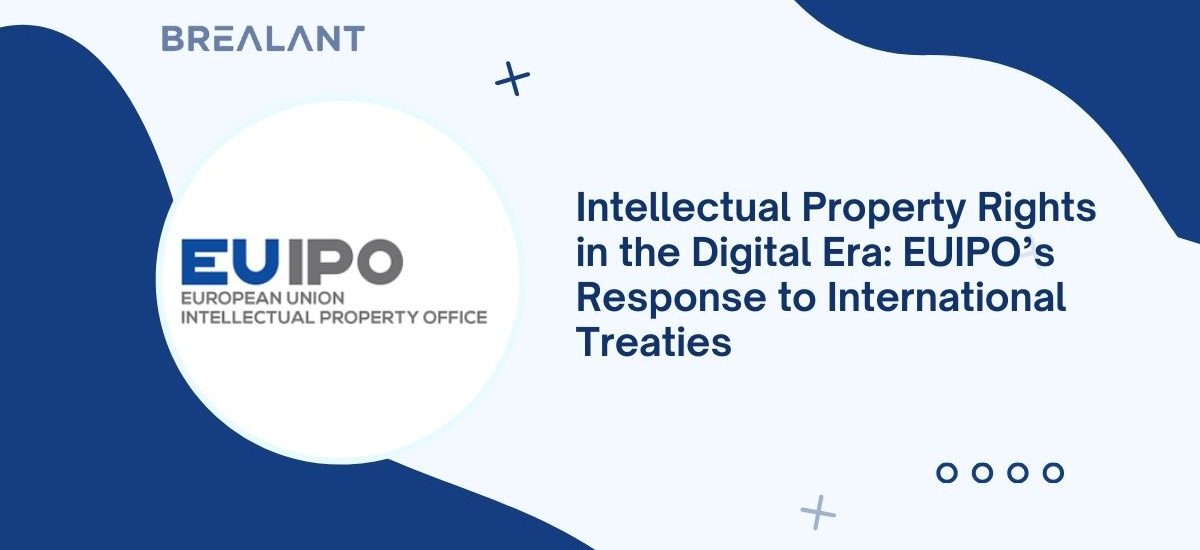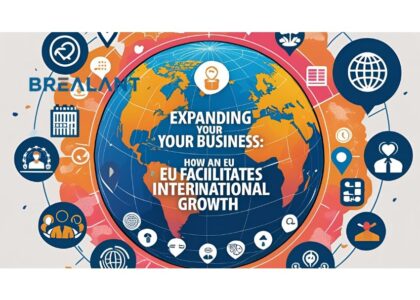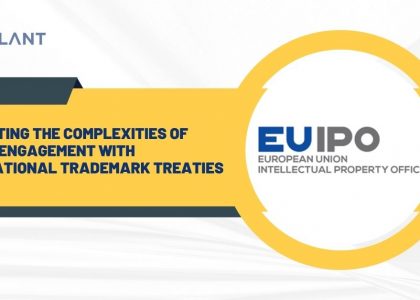The digital era has brought unprecedented opportunities and challenges for creators, innovators, and businesses. As information and ideas traverse borders effortlessly in the digital landscape, safeguarding intellectual property rights becomes paramount. The European Union Intellectual Property Office (EUIPO) plays a pivotal role in addressing the intricacies of this new era, responding proactively to international treaties to ensure robust protection in the digital realm.
The Evolution of Intellectual Property in the Digital Age:
The internet and digital technologies have revolutionized how intellectual property is created, shared, and consumed. From digital content and software to online branding and e-commerce, the digital era has significantly expanded the scope and complexity of intellectual property rights.
International treaties have been crafted to harmonize intellectual property protection across borders in response to these changes. The EUIPO, as the central agency for trademark and design rights within the European Union (EU), has been at the forefront of adapting to the challenges posed by the digital landscape.
EUIPO’s Role in Trademark Protection:
Trademarks are vital business assets, representing their brand identity and distinguishing their products and services. In the digital age, where global visibility is just a click away, the EUIPO has actively engaged with international treaties to fortify trademark protection.
One significant treaty that shapes the EUIPO’s response is the Agreement on Trade-Related Aspects of Intellectual Property Rights (TRIPS). TRIPS, administered by the World Trade Organization (WTO), sets international standards for protecting intellectual property rights, including trademarks. EUIPO’s adherence to TRIPS ensures that its practices align with global norms, providing a solid foundation for businesses operating in the digital space.
EUIPO’s Commitment to the Madrid Protocol:
The Madrid Protocol, administered by the World Intellectual Property Organization (WIPO), facilitates the international registration of trademarks. EUIPO’s active participation in the Madrid System is a testament to its commitment to simplifying and streamlining the process for businesses seeking global trademark protection.
Under the Madrid Protocol, trademark owners can file a single application with EUIPO to secure protection in multiple member countries. This is particularly advantageous in the digital era, where e-commerce allows businesses to reach consumers worldwide. EUIPO’s role as a central transmitting office streamlines the application process and ensures a coordinated approach to trademark registration on an international scale.
EUIPO’s Response to Digital Counterfeiting:
The digital era has given rise to new challenges, and one of the most pressing issues is digital counterfeiting. With the ease of online transactions, counterfeiters can exploit the internet’s global reach to distribute fake goods, harming both consumers and legitimate businesses.
To address this challenge, the EUIPO has been actively involved in international initiatives and treaties to combat digital counterfeiting. Collaboration with law enforcement agencies, technology companies, and international organizations is crucial in developing effective strategies to identify and combat counterfeit goods in the digital space.
EUIPO’s Response to Design Protection:
In addition to trademarks, design rights are critical in safeguarding the visual appearance of products. The Hague Agreement Concerning the International Registration of Industrial Designs, administered by WIPO, offers a framework for international design protection. EUIPO’s participation in the Hague System enables businesses to register and manage their designs efficiently globally.
The digital era has elevated the importance of design protection, especially in industries where aesthetics and user experience play a significant role. By aligning its practices with international treaties, EUIPO ensures that businesses can secure and enforce their design rights seamlessly, even in the dynamic and rapidly evolving digital landscape.
Challenges and Future Directions:
While EUIPO’s response to international treaties has been commendable, the digital era presents challenges that demand ongoing adaptation. The emergence of blockchain, artificial intelligence, and other cutting-edge technologies poses new questions about the nature and enforcement of intellectual property rights.
EUIPO must remain agile in addressing these challenges, working collaboratively with stakeholders to develop frameworks that balance innovation with protection. Strengthening cooperation with technology companies, legal experts, and international organizations will be crucial in navigating the complexities of intellectual property rights in the ever-evolving digital era.
Conclusion
In navigating the digital era, the EUIPO’s response to international treaties is instrumental in shaping a robust framework for intellectual property protection. From trademarks to designs, the EUIPO actively engages with global agreements to ensure businesses can safeguard their creations in the digital landscape. As technology advances, the EUIPO must remain vigilant, adapting its practices to address emerging challenges and uphold the principles of intellectual property rights in the dynamic digital age. The digital era has revolutionized how we create, share, and consume information. As our reliance on technology grows, so does the importance of protecting intellectual property rights. We must utilize the advantages of the digital era by protecting our IP rights backed by the support of the most trusted law firm professionals of Brealant. As EUIPO promotes innovation to facilitate the growth of global businesses, Brealant helps protect our brand rights.










